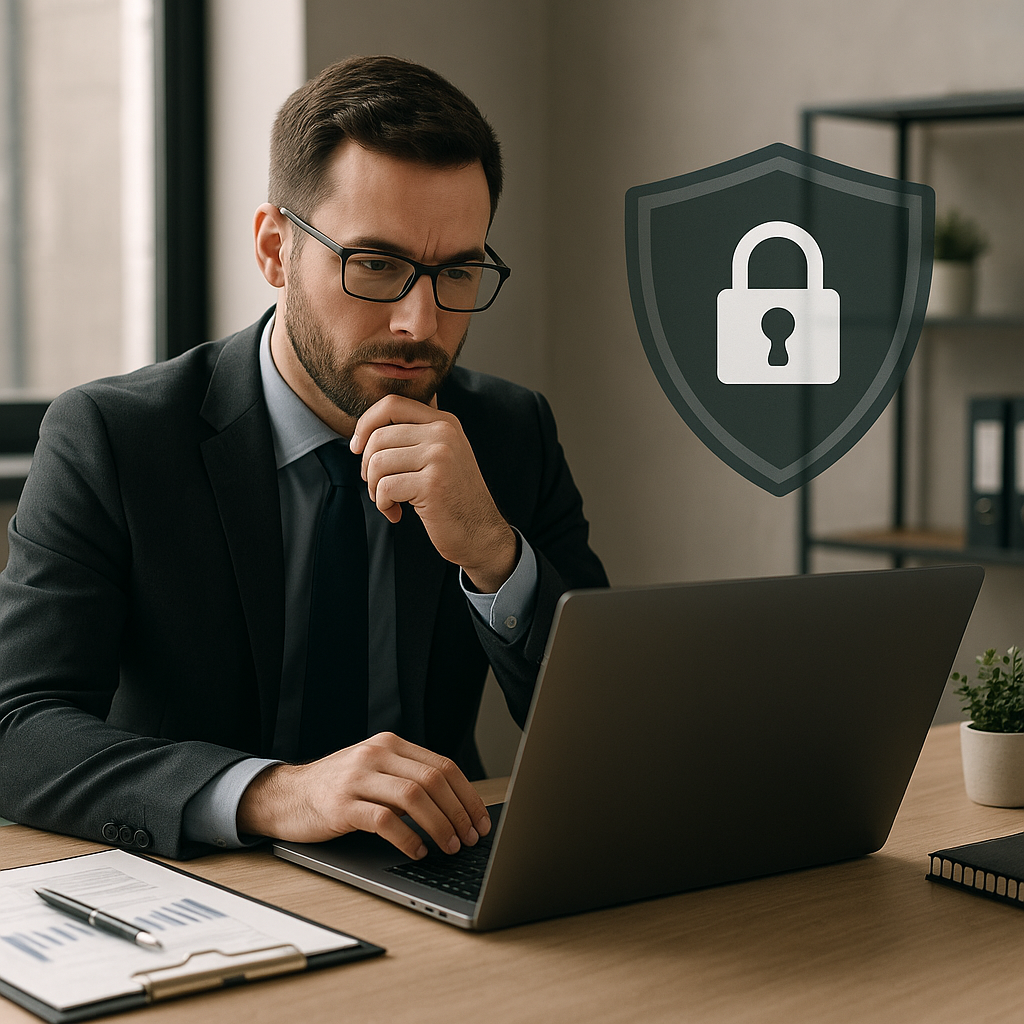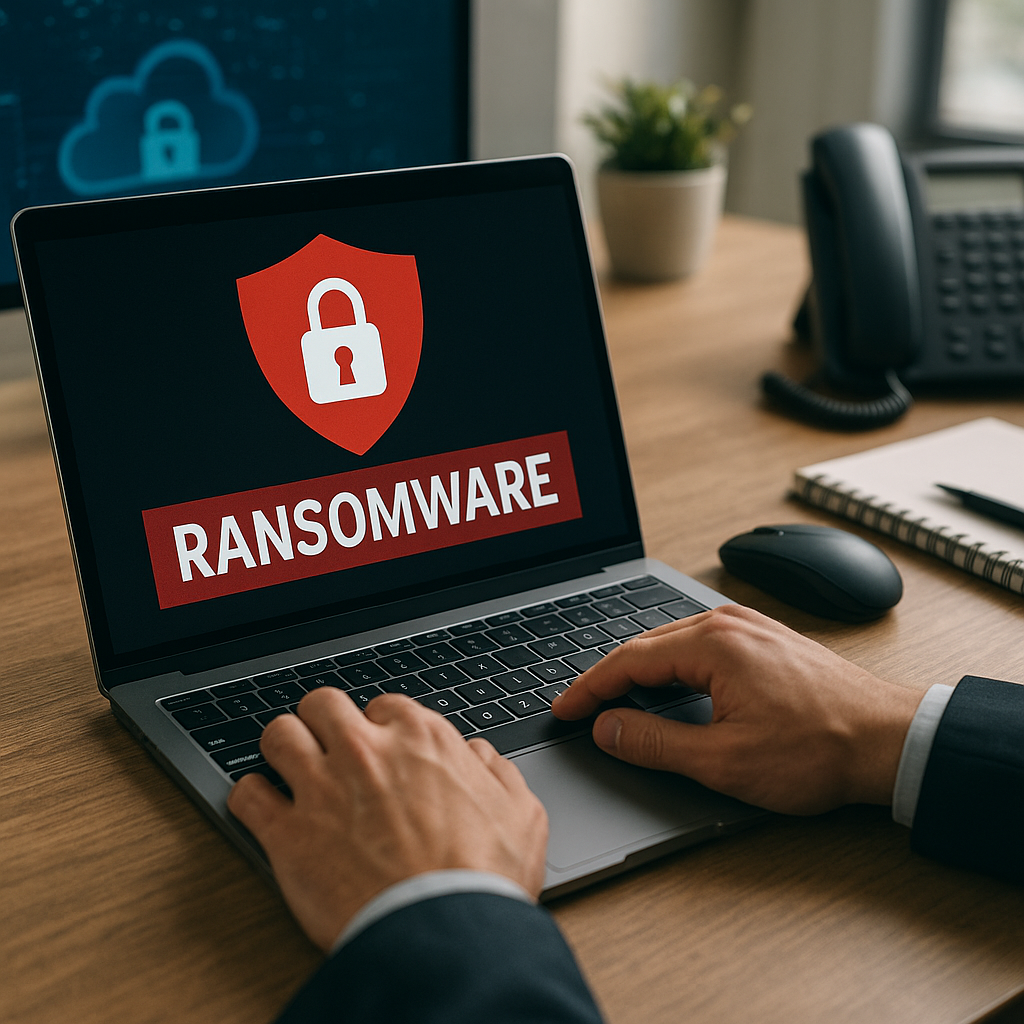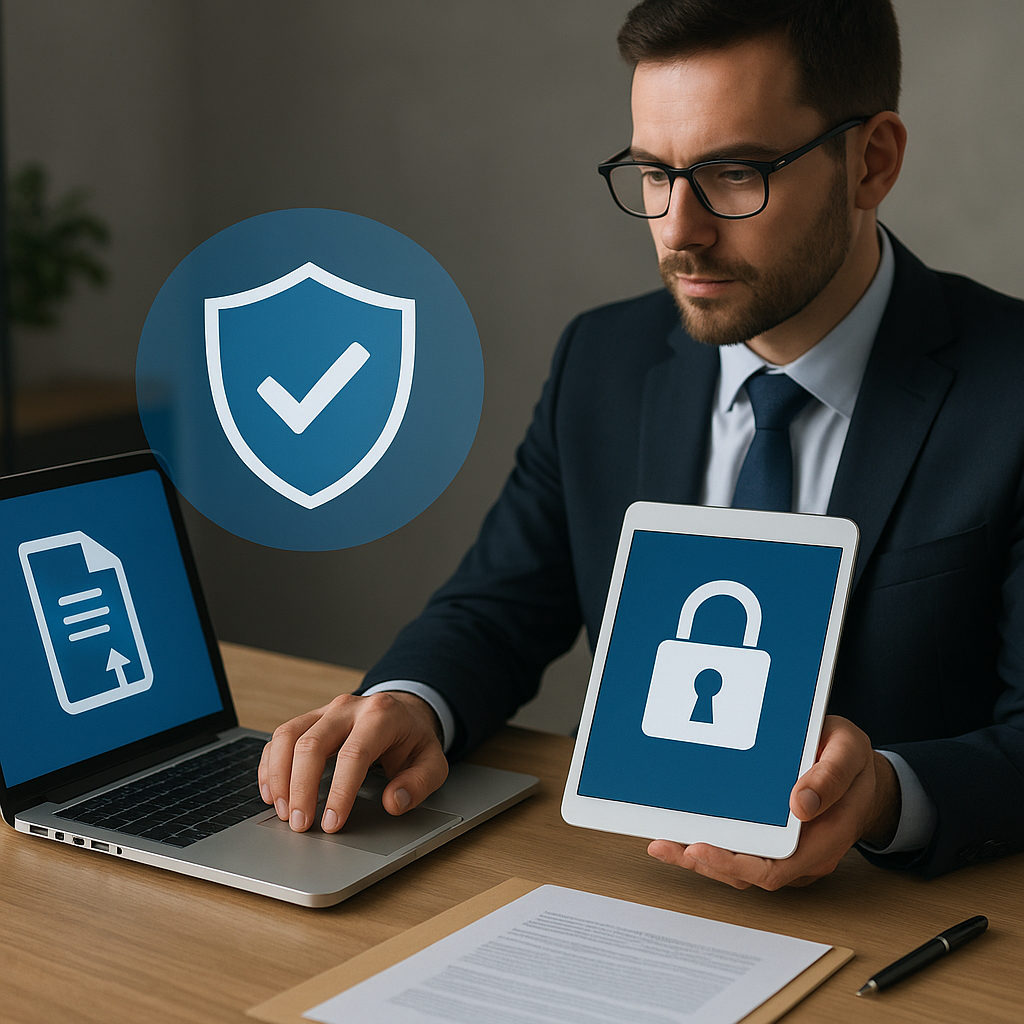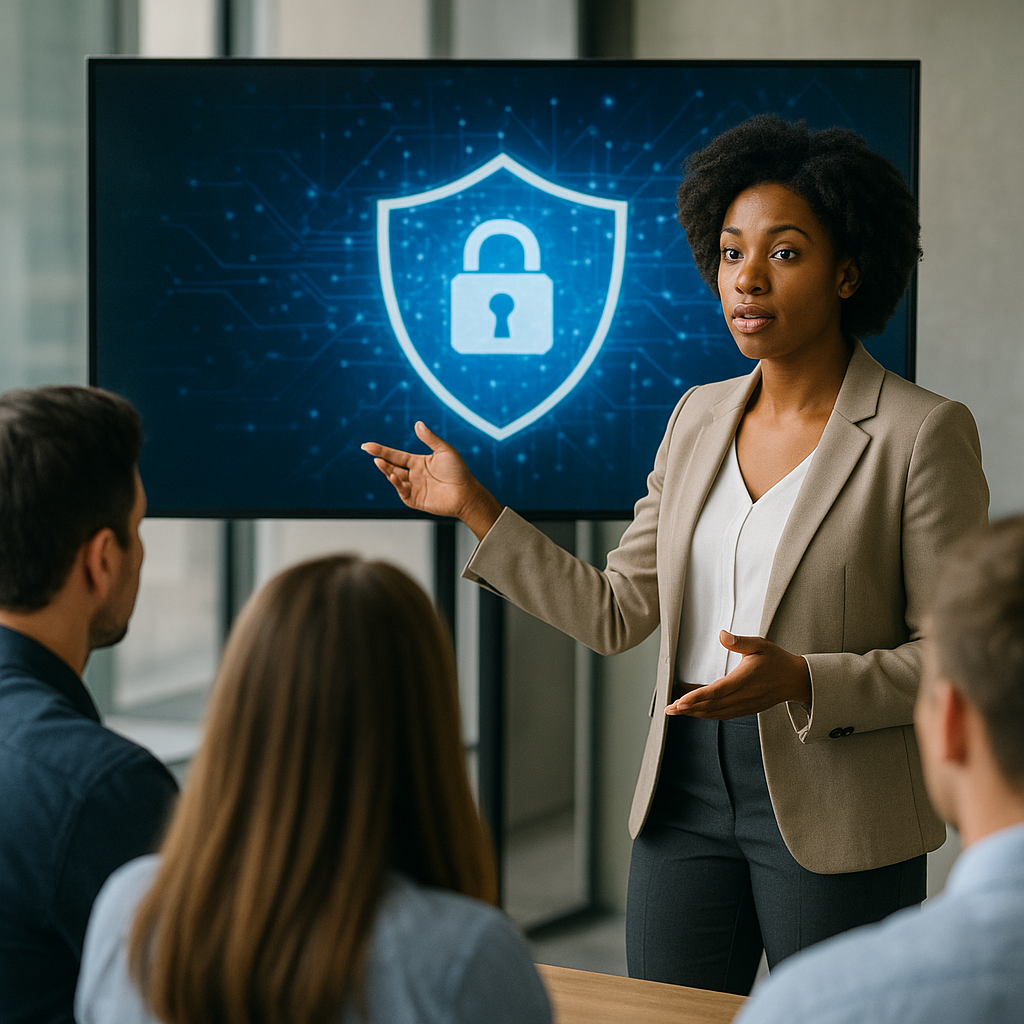Staying safe in crowded public spaces is a crucial skill in today’s world, where large gatherings are common and can sometimes pose risks to personal safety. Whether attending a concert, festival, or simply navigating a busy shopping mall, being aware of your surroundings and knowing how to respond to potential threats can make a significant difference. This article will explore various strategies and tips to help individuals remain safe in crowded environments, focusing on situational awareness, emergency preparedness, and personal safety measures.
Understanding Situational Awareness
Situational awareness is the ability to perceive and understand what is happening around you. In crowded public spaces, this skill becomes even more vital. By being aware of your surroundings, you can identify potential dangers and take proactive steps to protect yourself.
1. Stay Alert
One of the most effective ways to enhance your situational awareness is to stay alert. This means avoiding distractions such as excessive phone use or wearing headphones. Instead, keep your head up and observe the people and environment around you. Pay attention to the behavior of others; if someone seems out of place or is acting suspiciously, trust your instincts and consider moving to a safer area.
2. Identify Exits and Safe Zones
When entering a crowded space, take a moment to identify the nearest exits and safe zones. Knowing where to go in case of an emergency can save valuable time and reduce panic. Look for signs indicating exits, and consider areas that are less crowded where you can retreat if necessary.
3. Trust Your Instincts
Your instincts can be a powerful tool for staying safe. If something feels off, don’t hesitate to remove yourself from the situation. Whether it’s a feeling of discomfort or a specific concern about a person or group, listening to your gut can help you avoid potential dangers.
Emergency Preparedness
Being prepared for emergencies is essential when navigating crowded public spaces. This involves not only knowing how to react in various situations but also having a plan in place before you even arrive.
1. Create a Safety Plan
Before attending an event or visiting a crowded area, create a safety plan. Discuss with friends or family members what to do in case of an emergency. Establish a meeting point in case you get separated, and ensure everyone knows how to contact each other. Having a plan can reduce anxiety and help everyone feel more secure.
2. Keep Important Information Accessible
In case of an emergency, having access to important information can be crucial. Keep a list of emergency contacts, medical information, and any other relevant details on your phone or in a physical format. Make sure that your phone is charged and that you have a portable charger if you expect to be out for an extended period.
3. Know Emergency Procedures
Familiarize yourself with the emergency procedures of the venue you are visiting. Many public spaces have protocols in place for various emergencies, including evacuations, medical emergencies, and security threats. Understanding these procedures can help you respond quickly and effectively if a situation arises.
Personal Safety Measures
In addition to situational awareness and emergency preparedness, there are several personal safety measures you can take to protect yourself in crowded public spaces.
1. Keep Valuables Secure
In crowded areas, pickpocketing and theft can be common. To minimize the risk, keep your valuables secure. Use a crossbody bag or a money belt that can be worn under your clothing. Avoid carrying large amounts of cash and keep your phone and wallet in a place that is difficult for others to access.
2. Stay with a Group
There is safety in numbers. Whenever possible, stay with a group of friends or family members. This not only makes you less vulnerable to potential threats but also provides a support system in case of an emergency. If you must travel alone, try to stay in well-lit, populated areas and avoid isolated spots.
3. Be Mindful of Alcohol Consumption
While enjoying a night out, it can be easy to lose track of your alcohol consumption. However, excessive drinking can impair your judgment and make you more vulnerable in crowded spaces. Set limits for yourself and consider alternating alcoholic drinks with water to stay hydrated and alert.
Responding to Emergencies
Despite your best efforts to stay safe, emergencies can still occur. Knowing how to respond can make a significant difference in your safety and the safety of those around you.
1. Stay Calm
In any emergency situation, staying calm is crucial. Panic can lead to poor decision-making and can exacerbate the situation. Take a deep breath, assess the situation, and think clearly about your next steps.
2. Follow the Crowd
If an emergency occurs, such as a fire or an active threat, follow the crowd to the nearest exit. People often instinctively move toward safety, so following them can help you escape quickly. However, remain aware of your surroundings and avoid getting trapped in a bottleneck.
3. Help Others if Possible
If you are in a position to help others during an emergency, do so if it is safe. This could involve assisting someone who has fallen or helping a child find their parent. However, prioritize your safety first; if the situation becomes too dangerous, focus on getting yourself to safety.
Conclusion
Staying safe in crowded public spaces requires a combination of situational awareness, emergency preparedness, and personal safety measures. By being alert, having a plan, and knowing how to respond in emergencies, you can significantly reduce your risk and enhance your overall safety. Remember that while it is essential to enjoy public events and gatherings, being proactive about your safety can help ensure that your experiences are both enjoyable and secure.




